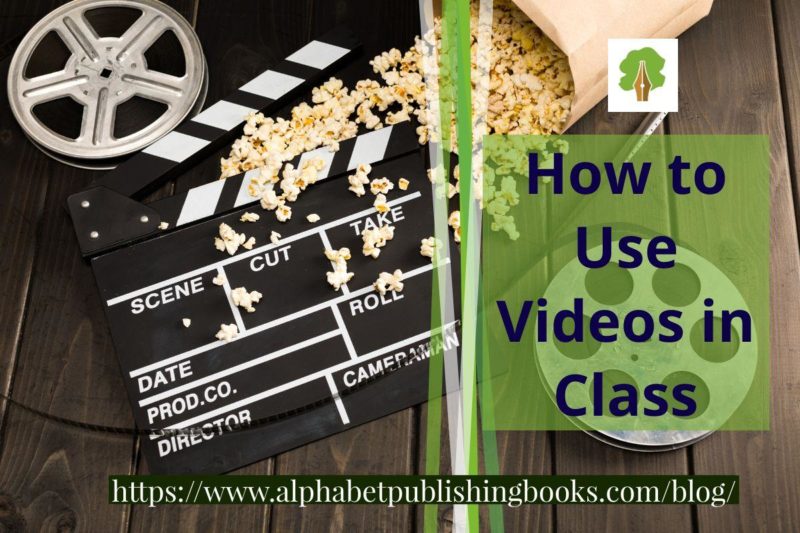I know, I know. We’ve all done it: pressed play on a movie so we don’t have to do a real lesson! But using videos in class can be very productive for teaching spoken language! […]
Alphabet Publishing
Teacher-Created, Classroom-Tested ELT Resources
Teacher-Created, Classroom-Tested ELT Resources

I know, I know. We’ve all done it: pressed play on a movie so we don’t have to do a real lesson! But using videos in class can be very productive for teaching spoken language! […]